STIMMUNG
for six singers (1968)
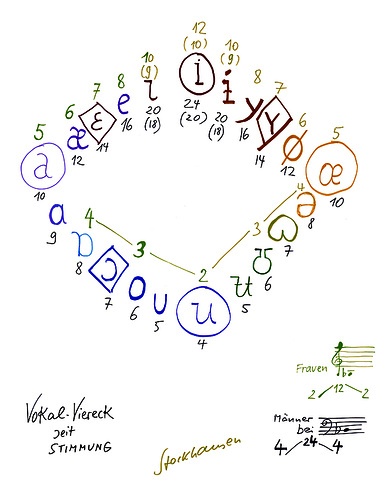
FRAGMENTE ENSEMBLE
STIMMUNG is one of Stockhausen’s most famous works.
This is the first composition in Western art music in which the harmonics of the voice are not only written in the score, but are a formally constituent element of the entire piece.
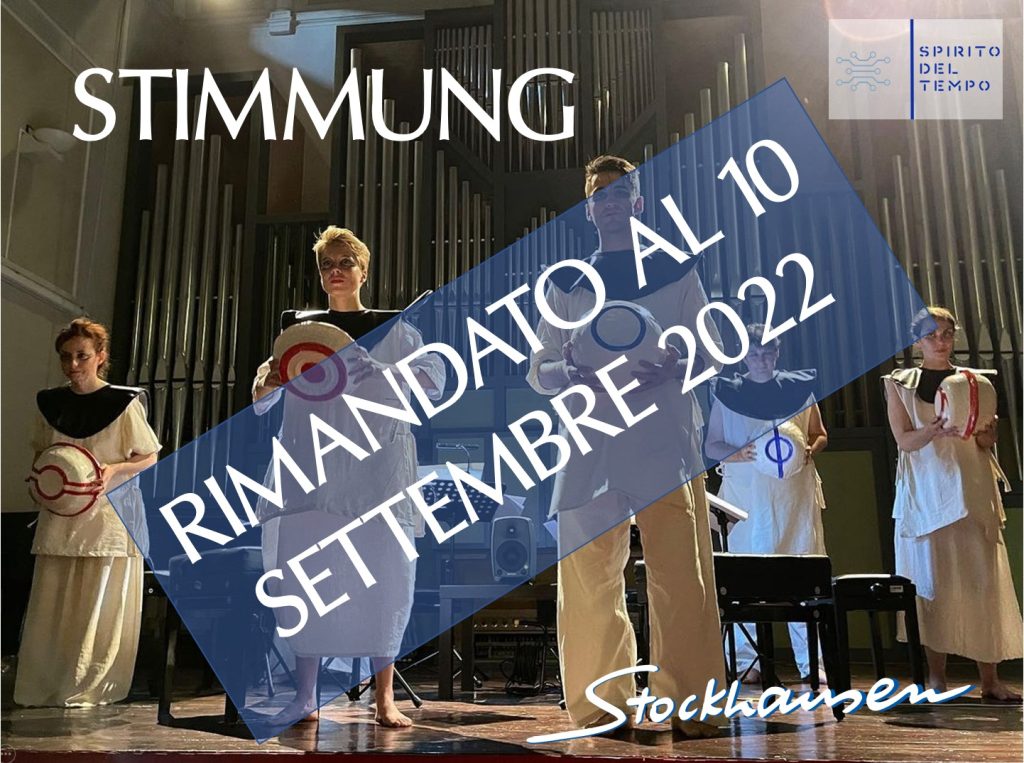
June 25th 2022
SEPTEMBER 10TH 2022
STIMMUNG
Fragmente Ensemble
Basilica di San Carlo al Corso
Piazza San Carlo – Milan
H. 9.30 PM.
“STIMMUNG” POSTPONED TO SEPTEMBER 10th
DUE TO FORCE MAJEURE CAUSES
Due to a tragic event of exceptional gravity, which hit a member of Fragmente Ensemble in the last hours, the performance of STIMMUNG scheduled for Saturday, June 25th 2022, cannot be performed and is postponed to 10 September 2022, in the same place and with the same interpreters
Reservations and pre-sales already made remain valid.
In the words of the artistic director, Laura Faoro: “STIMMUNG is a piece that intrinsically contains a message of peace and mutual listening: in Stockhausen’s idea the gradual achievement of a musical and human understanding,” an intonation “(Stimmung) which transcends the music itself, as if the slow accord of the voices could create a parallel understanding between the souls of the group that performs it and the audience that listens to it. We would like this strong message of hope and trust in the empathic abilities of man – who now screeches strongly in the face of the brutal human violence of an unforeseen tragic event – could really ring out powerful in September “.
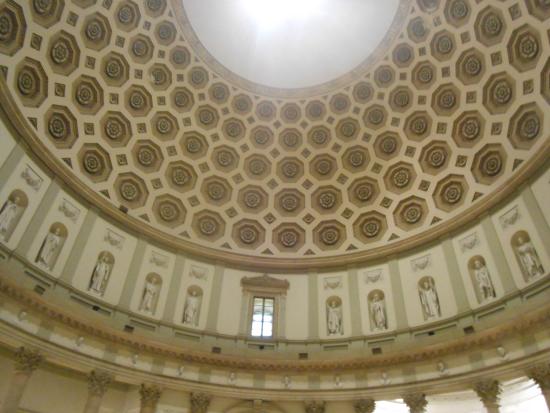
The characteristic of STIMMUNG is that the melodies entrusted to each performer of the ensemble are composed of the harmonics of their fundamental sound: the singers therefore act as “synthesizers”, similar to how a prism breaks down the white light into the fundamental colors.
The performance of the piece therefore requires a certain positive attitude with oneself and with other singers, “not only a tuning of voices or instruments, but also the inner tuning of one’s soul” (Hillier 2007).
The piece requires singers to perform rhythmic and melodic “models” adopting one of the frequencies making up the acoustic spectrum of B flat as a fundamental sound.
A great chord then, which lasts for the entire duration of the piece, in which, from the bass to the soprano, all the singers are “stratified” in a continuous timbre research.
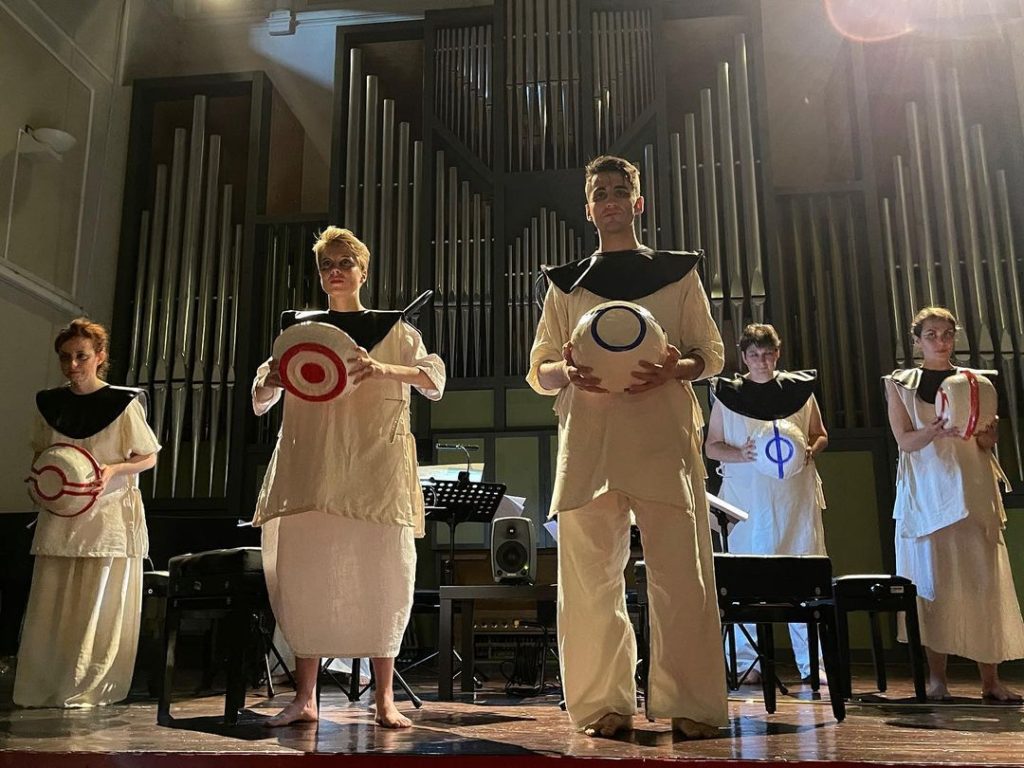
The singers are seated in a circle, some of them will have to progressively transform the musical material until they enter into “identity” with the singer who holds the model of one of the B-flat frequencies. When this identity is reached, whereby the perception of time, rhythm and dynamics is shared by all, the singer who holds the model passes, with a gesture, the baton to another singer. The models include the inclusion of “magic words” (names of divinities from the most diverse cultures: Aztec, Aboriginal and ancient Greek, for example) and poems by Stockhausen himself reported in the score, which each singer can choose, agreeing with the others.
A music system similar to a party game, reflecting on the nature of sound.
The appointment, organized by the Fragmente Ensemble, takes place in collaboration with the association “Innesti di cultura” (Alessandria) (www.innestidicultura.com) and with Basilica di San Carlo al Corso.
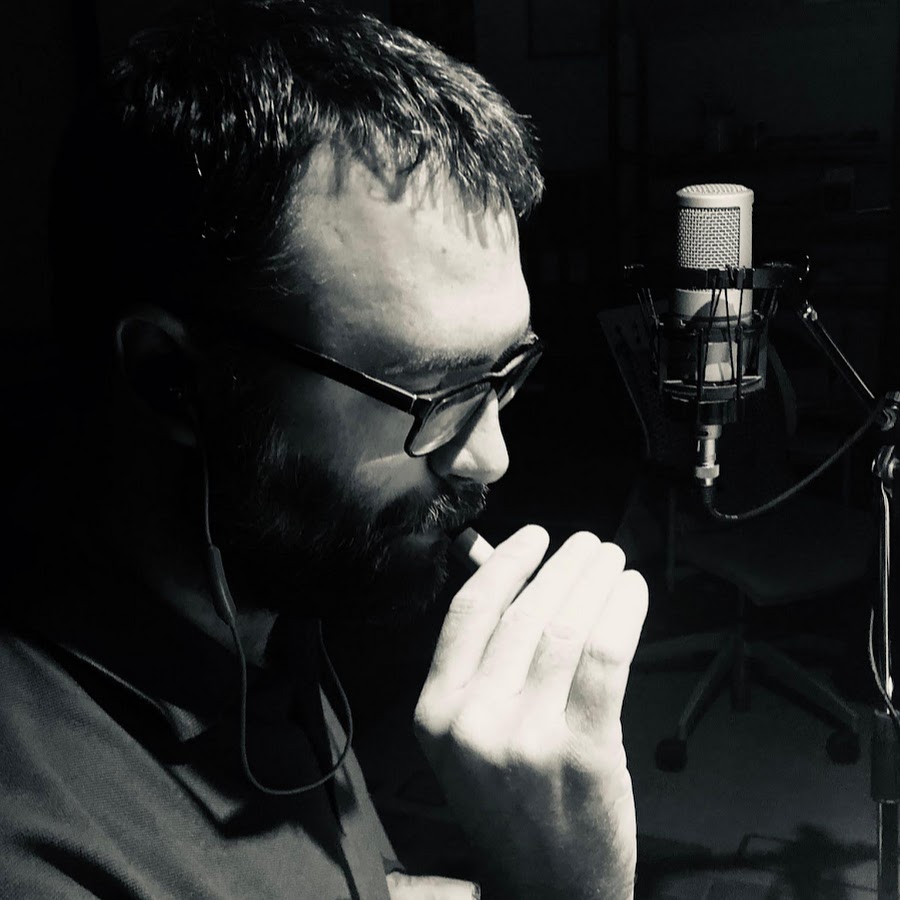
The Fragmente Ensemble – led by Victor Andrini – is a variable staff vocal ensemble with a repertoire focused on contemporary music and the wider musical theater – from the avant-garde of the fifties and sixties to the present day. The ensemble was born in 2019 at the Contemporary Music Theater Laboratory of the Festival della Voce where it performs pieces of extemporaneous musical theater (world premiere, through the call-for scores “1 hour-composed”) by Jacob Elkin, Miguel Angel Frausto, Luigi Morleo and Massimiliano Viel. In 2020 he structured himself for a project on Stimmung, by Karlheinz Stockhausen, starting to tackle a path on harmonic singing. Fragmente in July 2020 participates in Contemporanea Monferrato, again within the projects of Innesti di Cultura, where he was able to deepen the study of STIMMUNG with Nicholas Isherwood.